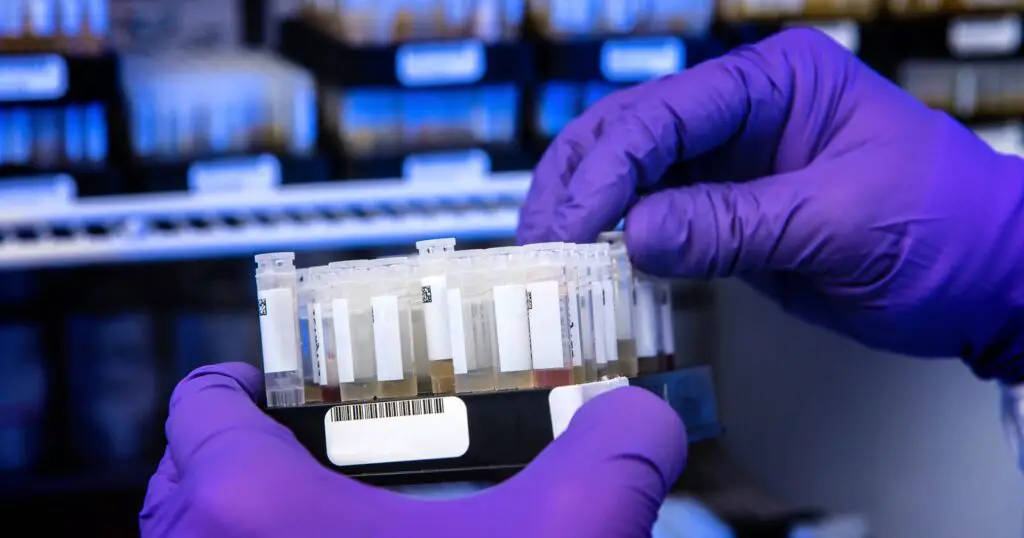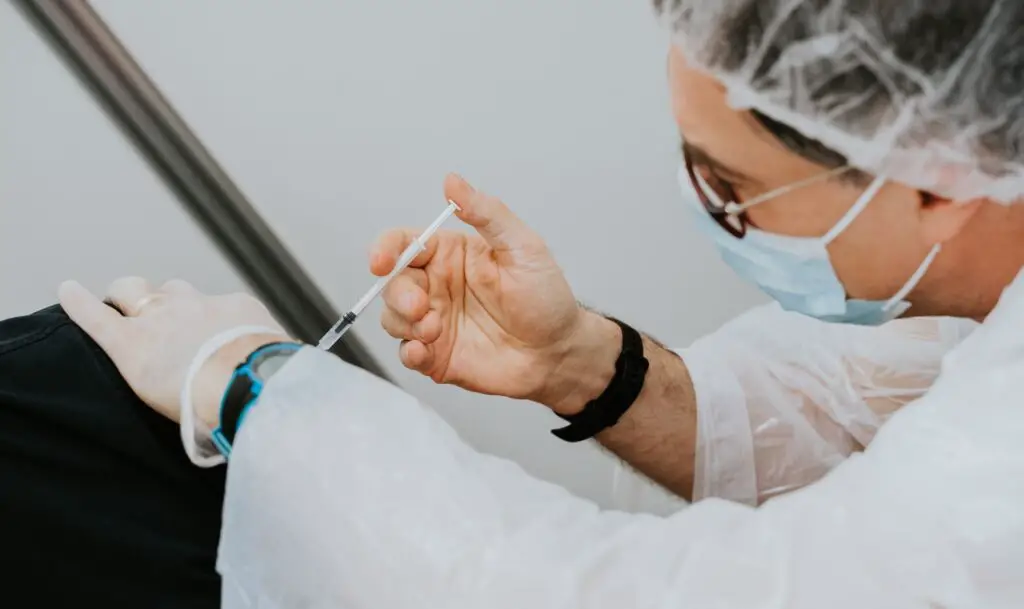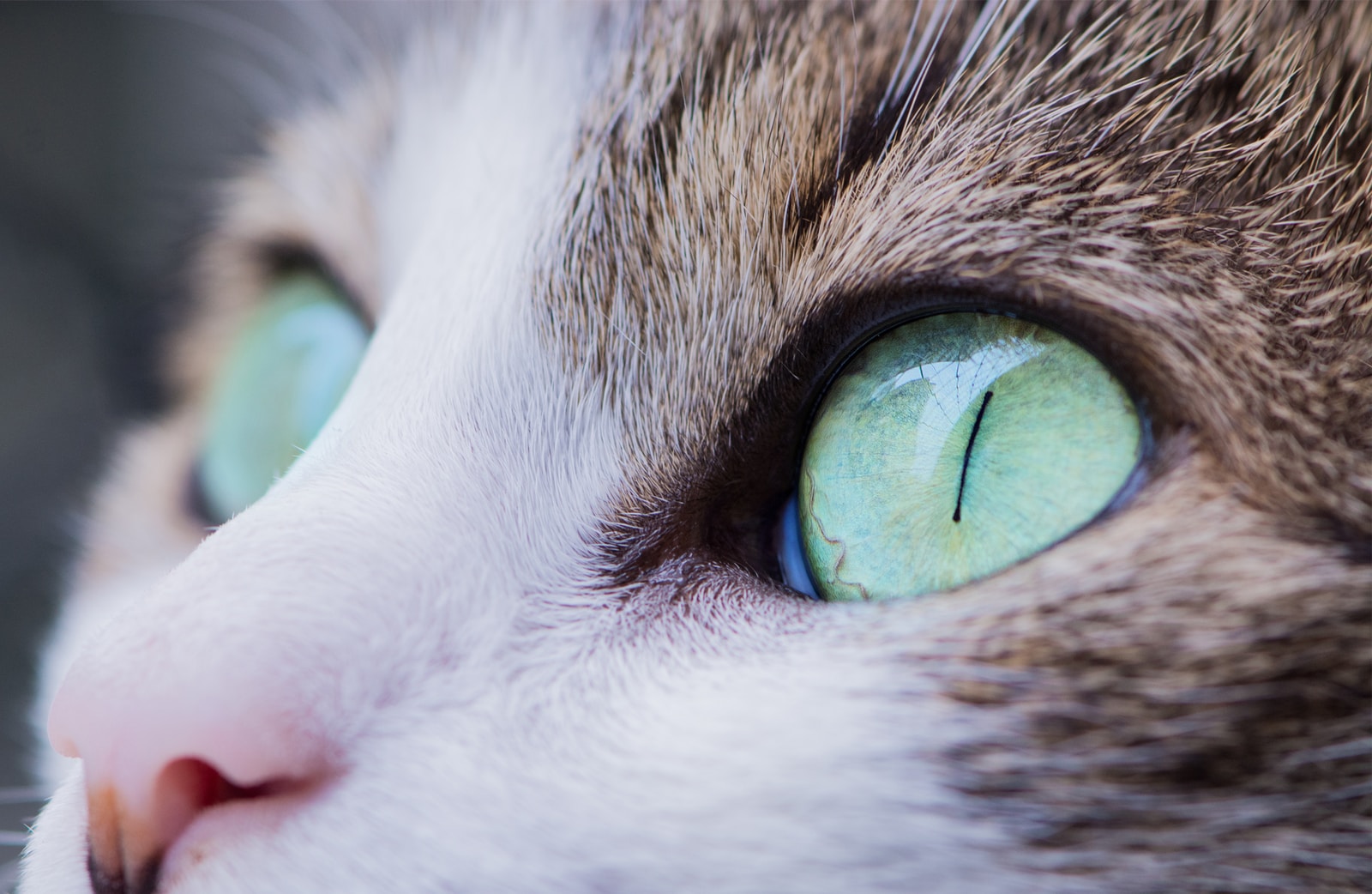
Key points
- Eye discharge in cats is not a standalone illness but rather a symptom of an underlying condition;
- Conjunctivitis, feline upper respiratory infections, corneal disorders, dry eyes, watering eyes, and uveitis are among the most common causes of cat eye discharge;
- Genetic predispositions can also play a role in the development of eye problems in felines. Thus, for example, Persians and Himalayans are more likely to have eye boogers than other cats;
- The appropriate treatment for your cat’s eye discharge problems will depend on the underlying cause of the condition;
- In some cases, feline eye problems can lead to severe consequences such as blindness. Thus, it is crucial to consult a vet right after you notice the first signs of eye problems.
Cat eye discharge is a common symptom of irritated eyes. The cause of such an irritation might be anything from a simple cold to a serious illness. The conjunctiva of the affected eyes is often red and sometimes even swollen. Since irritated eyes are itchy, cats typically try to scratch or clean them more often. If the inflammation is painful, the affected cats become very photophobic and squint their eyes.
Table of Contents
Causes of Eye Discharge in Cats
If your cat’s eyes are not bright and clear, it might be the first sign of the disease the pet is suffering from. Eye problems might tick off some cats since they are actually very annoying, and cat owners should also take these problems seriously. If not treated promptly, these might require surgery or lead to blindness. So, whenever you notice cat eye boogers, call your veterinarian.
Some of the most common causes of cat eye discharge are:
Conjunctivitis (pink eye)
Conjunctivitis is a very common eye disease in cats. Initially, only the conjunctivae, i.e., the inner mucous membranes of the eyelids are affected by the condition. However, eye inflammation progresses very quickly and can spread to other parts of a cat’s eye. This can lead to severe consequential damage, including blindness and even loss of the affected eye. If combined with other symptoms such as fever, diarrhea, and heavy breathing, conjunctivitis can signal that your furry friend is infected with potentially fatal feline peritonitis. Therefore, if your cat shows signs of conjunctivitis, you should take it to see a veterinarian immediately.
Feline upper respiratory infections
Upper respiratory infections such as feline calicivirus, pneumonitis, rhinotracheitis (herpesvirus), bacteria, contagious respiratory disease, and protozoa are the most common causes of eye discharge in felines. Symptoms of these conditions can range from mild to severe. For instance, if your cat suffers from an upper respiratory infection, its eyes may be sticky with discharge that looks like pus.
Corneal disorders
The cornea is a protective outer layer of the eye. Just like in humans, cats’ corneas can get inflamed, injured, or ulcerated. If your cat is suffering from a corneal disorder, you will also observe the following symptoms: frequent blinking, inflammation, cloudiness, and excessive tear production.
Dry eye
Keratoconjunctivitis sicca – also known as dry eye – is a disease of the conjunctiva and cornea caused by the slow or sudden cessation of tear production. Since the cornea’s outer layers are only nourished by the tear film, this condition causes the cornea to become severely inflamed, dull, rough, and cracked.
Additionally, if a cat suffers from dry eye, bacteria can lodge inside it and cause a purulent eye discharge due to the lack of rinsing and cleaning effect of the tear film.
The first sign of dry eye is a slimy, gray discharge from the cat’s eyes that mainly occurs in the morning, so you should take your cat to a vet as soon as you notice this issue.
Watery, tearing eyes
Abnormal tearing – also known as epiphora – occurs either because the cat produces too much tear fluid or because its tear drainage is obstructed. It’s most common for cats to develop this issue when their eyes are already irritated because of other eye diseases. Some underlying illnesses that can cause watery eyes include corneal inflammation, eye tumors, eye injuries, or conjunctivitis.
Uveitis
Uveitis is a condition characterized by inflammation of the inner eye. The causes of this condition can vary from trauma and cancer to immune problems and infections. Animals with uveitis typically have reddened conjunctiva (“red-eye”), narrow pupils, and in some cases, cloudy eyes. Depending on the location of uveitis (in the front or back of the eye), pain and/or poor eyesight can also occur.
Breed predisposition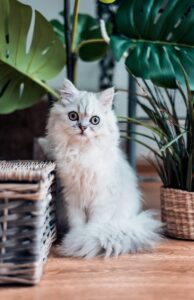
Due to their specific face shape, some cat breeds are more inclined to experience eye problems and, thus, eye discharge. For example, Persians, Himalayans, and other brachycephalic cat breeds are more likely to overproduce tears. If you own one of these cats, you should figure out what the “normal” eye discharge looks like for your cat. This will allow you to recognize alarming changes on time.
Other eye discharge causes
Other reasons why your cat’s eyes might be producing unusual discharge include allergies, foreign objects stuck in the eye, or eyelid issues.
Cat Eye Discharge Diagnosis and Treatment
The treatment of eye discharge in cats is always based on the cause. A vet will need to conduct a thorough examination of the cat’s eyes before they can determine the underlying reason for the eye problem. You should provide the veterinarian with as much information as possible to ensure an accurate diagnosis.
The initial examination will typically include a complete physical exam, temperature check, and a blood test to rule out some diseases. These tests might also help your vet determine that your pet is experiencing seasonal allergies or suffering from an infection in another part of the body. The doctor will also use an ophthalmoscope to see an enlarged image of your cat’s eyes. If the diagnosis remains unclear, the vet might need to use specific eye drops before prescribing treatment.
Conjunctivitis (pink eye) treatment
If feline conjunctivitis is caused by pollen, dust, weeds, or other environmental irritants, you will likely try to alleviate the symptoms with a steroid ointment. However, veterinarians recommend avoiding the use of steroid ointments if a viral infection is suspected.
If your cat’s conjunctivitis is caused by bacteria, the vet will prescribe an antibiotic ointment.
Feline upper respiratory infection treatment
The specific treatment will depend on the severity of the infection, its cause, and other symptoms your pet has. You will typically use prescribed eye medications, antibiotics, fluids, or decongestants to cope with the infection.
Corneal disorders treatment
The treatment for a corneal disorder is usually selected based on the severity of the condition. You will also need to be extra careful about keeping your cat’s eyes clean during the course of the treatment. You might also need to use an antibiotic eye ointment or antibiotic eye drops. In some cases, your cat may need surgery to prevent further damage to the eye.
Dry eye treatment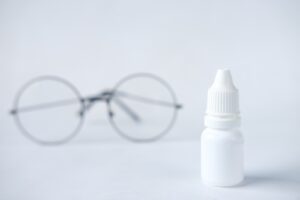
To treat dry eyes in your cat, you will typically need to use eye drops, ointments, antibiotics, or artificial tears.
Remember that chronic underproduction of tears can lead to blindness, so call your veterinarian right away if you notice any of the symptoms mentioned above.
Treatment for watery, tearing eyes
If your cat’s tear and nasal passages are blocked, your veterinarian might be able to rinse them. The procedure will be performed under general anesthesia. If there are signs of an infection after the procedure, the vet will prescribe antibiotic eye drops.
Uveitis treatment
The treatment of uveitis is usually very problematic since it is hard to pinpoint the underlying cause of the inflammation. However, your vet might prescribe an eye ointment or drops to relieve pain and alleviate the symptoms.
Other treatment
Surgery is often necessary to treat eye tumors or curled eyelids (entropion).
Animals that are genetically predisposed to having irritated and watery eyes, such as Persian cats, should be protected from dust as much as possible, as irritated eyes are less resistant to pathogenic germs. These can easily penetrate the eye and start multiplying, which can lead to inflammatory processes. Thus, it is necessary to restore and maintain positive bacterial flora in the eye to reduce the risk of infections.
Preventing Cat Eye Boogers
There are some effective methods for preventing eye problems and, therefore, eye discharge in cats. As was already mentioned, cat eye discharge is a symptom that typically signals the presence of a more serious underlying problem. Thus, you have to prevent the underlying cause of discharge rather than fight the discharge itself.
First of all, you need to remember that many infections are highly contagious and try to avoid areas overcrowded with cats.
Also, do not forget to clean your cat’s eyes regularly. If the discharge builds up, it will cause even more problems. Try using a wet cotton ball to remove the eye discharge, moving your hand slowly from the corner of the eye outward. Use different cotton swabs for each eye to ensure that you don’t transmit infection from one eye to another. Over-the-counter shampoos or eye cleaners should be an absolute NO for your cat unless recommended by the veterinarian.
Yearly vaccinations are another effective method that can help avoid eye problems in your cat.
Remember that you should never reuse leftover medications that were used to treat an earlier ailment. Using the wrong meds or drugs that are past their expiration date can be fatal for your cat.
Finally, keep an eye on your pet, as it will help you quickly notice any changes in its behavior and, thus, address the problem right away. You might also want to regularly check your cat’s eyes for redness, changes in color or shape, cloudiness, excessive discharge, or sensitivity to light.
FAQ
Is it normal for a cat to have eye discharge?
Eye discharge is typically a sign that a cat is suffering from some disease. It can be a simple cold or a serious health issue. If you notice your pet has abnormal eye discharge, bring it to a vet for an exam.
How do I get rid of my cat’s eye discharge?
The best way to get rid of feline eye discharge is to wipe it away with a wet cotton ball. Remember that you should use different swabs for each eye so that you don’t spread the infection. Don’t use over-the-counter drops or eyewashes unless your vet prescribes them.
Will cat eye discharge go away on its own?
Some causes of cat eye discharge, such as conjunctivitis, can resolve on their own. However, the underlying reason for eye discharge can be much more severe than that. Thus, it is better to seek veterinary help if you notice that your cat is suffering from eye issues.
When should I worry about cat eye discharge?
Mild discharge caused by a simple cold will typically clear up within 24 hours. However, if it doesn’t, you should seek veterinary assistance. Also, if you see that eye discharge is accompanied by other symptoms such as vomiting or diarrhea, you should call your vet right away.






